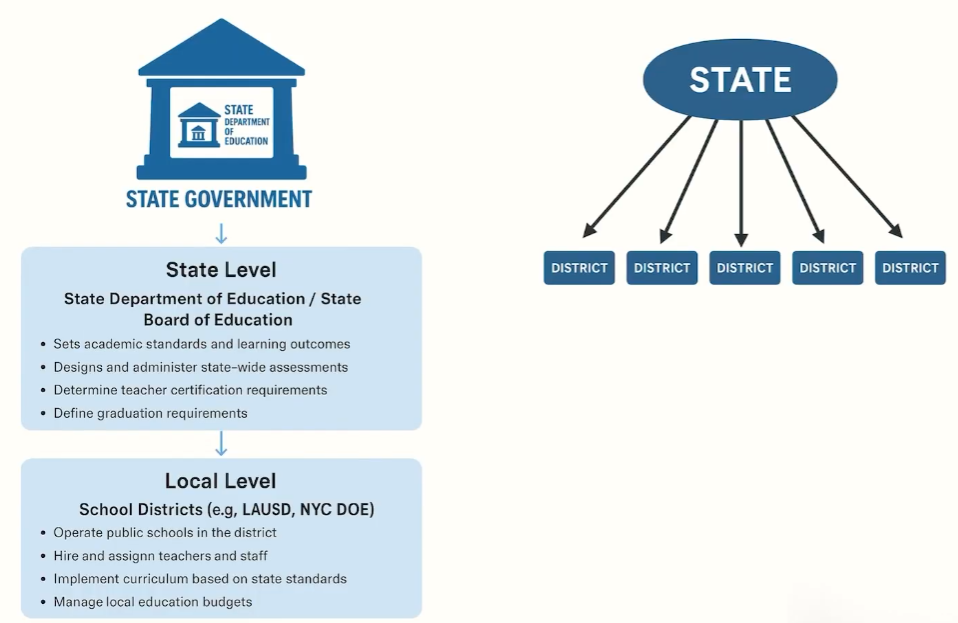
A ONE INSTITUTE
Apr 26, 2025
Today, I’ll be posting about Integrated Math.
When we look at the typical math course pathways, there are generally two:
One moves forward through subjects like Algebra and Calculus,
and the other follows the sequence of Integrated Math 1/2/3.
In short, if we were to divide the paths for studying math, they would be:
• Traditional Pathway
• Integrated Math Pathway
Today, we’ll focus on learning about Integrated Math.
If someone asked how many different math curricula exist across the United States,
it would actually be difficult to give a clear answer.
There are 50 states, and within each state, there are numerous educational entities called school districts.


Across the entire United States, there are about 13,000 school districts.
Each state has its own state government, and within it, a department of education.
This department sets guidelines for curriculum standards and graduation requirements, and most school districts generally follow these guidelines — although sometimes individual schools within a district make slight modifications.
Because of this structure, even though there are about 13,000 school districts,
it doesn’t necessarily mean there are exactly 13,000 different curricula —
but it does mean there are a lot of variations.

This results in significant differences in education depending on the region.
To address this issue,

the U.S. Department of Education introduced the Common Core Standards in 2010.
While states are still allowed to set their own curricula,
the idea was to establish a broad, unified framework from the federal level,
which states would then adapt and local districts would implement.
It was during this time that Integrated Math was created.

In the traditional math pathway, the order of courses generally looks like this:

• Algebra 1
• Geometry
• Algebra 2
• Precalculus
Even in traditional curricula,
individual school districts often blended in concepts from different subjects,
so the exact content of each course could vary slightly.
In Integrated Math, instead of stacking math courses vertically one after another,
concepts are spread out and studied horizontally across multiple areas at once.
In the traditional sequence, algebra and geometry are taught separately,
but in Integrated Math, these subjects are combined within each course.
This structure was introduced because separating algebra and geometry wasn’t aligned with international curricula.
With Integrated Math, students typically complete:
• Integrated Math 1
• Integrated Math 2
• Integrated Math 3
and then move on to courses like Precalculus, Math Analysis, or Advanced Math.
Today, many schools across the U.S. follow an Integrated Math curriculum.

However, during his presidency, Donald Trump attempted to eliminate the federal Department of Education, arguing that education should be controlled by individual states rather than being standardized across the nation through Common Core.
While there were efforts to dismantle the federal control, the attempt has not yet passed through Congress.
Currently, if your school follows an Integrated Math pathway, you might wonder about two possible situations:
• Advancing Ahead
• Keeping Up with the Current Pace
If you are trying to get ahead in the Integrated Math track, you can alternatively study traditional subjects like Algebra, Geometry, and Statistics separately before moving on to Calculus — and that's perfectly fine.
Frankly, the level of math education within the U.S. is not extremely high.
Since there isn't a deep level of rigor, studying each subject separately (Algebra, Geometry, Statistics) won't cause major issues.
If you're pressed for time and need to prepare right before the semester starts,
you should focus specifically on the material that will be covered in the upcoming school term.
If you are self-studying, many available textbooks and online platforms like Khan Academy have structured their materials according to Integrated Math chapters and units, so it’s a good strategy to follow that format.
Ultimately, you should tailor your Integrated Math studies according to your specific needs and circumstances.
Today, we learned about the Integrated Math pathway.
If you have any questions, please feel free to contact A-One Institute.
We would be happy to assist you.
Thank you!

